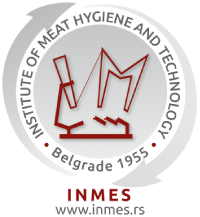Metal bioaccumulation in fish species from the Danube River in Serbia and evaluation of possible health risks
Abstract
The aim of the present study was to assess the content of metals in fish meat and to evaluate possible health risks from dietary consumption of fish caught from the Danube River in Serbia in the past fifteen years. Therefore, the metal pollution index (MPI) and the following health risk indexes were calculated: estimated daily intake (EDI), estimated weekly intake (EWI), % of provisional tolerable weekly intake (% PTWI), target hazard quotient (THQ), hazard index (HI), and target cancer risk (TR). Levels of Cd in common carp and Wels catfish from 2011 to 2013 and in silver carp in 2021 exceeded maximum allowed concentrations in fish meat. Wels catfish contained higher contents of Hg from 2011 to 2013 and Pb in 2010 than prescribed by the national regulation. Moreover, MPIs determined for common carp, Wels catfish, and barbel gradually decreased during the observed period, except for silver carp where a slight increasing trend was observed. The HI was higher than 1 in almost all studies, and exceeded maximum allowed levels prescribed by international and national regulations. In all presented studies, TR was lower than the acceptable lifetime risk (ARL) of 10-4, except for As in common carp caught in Zemun and Grocka during 2013 when an unacceptable carcinogenic risk (> 10-4) was detected (1.10 x10-4 and 1.43 x10-4, respectively). It is necessary to implement regular monitoring of metal levels in fish from the Danube River in order to preserve human and environmental health.





